After a couple of false starts, I created the following test image for resampling tests:
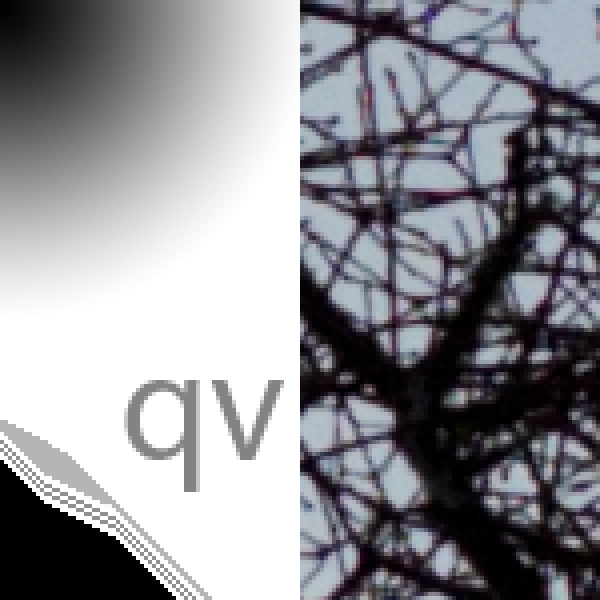
The test image has a smooth gradient in the upper left corner, a series of lines at two tones and two angles in the lower left corner, two characters of Zone V antialiased text, and a crop from an actual Nikon D3s photograph at full resolution, with no sharpening applied. This test image is 150×150 pixels, and I set the pixel pitch as 240 ppi. The image you’re looking at has been scaled to 600×600 using nearest neighbor, so you can see the actual pixels. I can explain why nearest neighbor is appropriate in this particular situation, in spite of its problems in most situations, if anybody wants to know, but it’s kind of complicated and I’ll leave it out for now.
If you just take that image and sent it off to the 3880 with the driver set for 1440/720 dpi, color, microweave on, high speed off, and print the image on Epson Premium Glossy, it looks like this:
There are extra, irregular, steps inserted in the lines. The text has acquired jaggies. The gradient is a little noisy. The photograph looks blocky.
Before I go on, I’d like to confess something. This is the second crack I’ve made at this post. In the first attempt, the text in all the Photoshop-resampled images looked the same, and it looked great. After I had finished writing the image descriptions, it dawned on me that, since the text was in its own layer, Photoshop was rerasterizing it every time I resampled. Doh! I flattened the image for the tests that follow.
I resampled the test image to 360 ppi in Photoshop using nearest neighbor, and got this:
The lines look similar to the print resampled by the printer driver. The text is very close. The gradient is similar. The photograph looks similar, but there are minor differences. It’s six of one, half a dozen of the other.
Moving right along, I tried resampling using bilinear.
The lines are much improved. The gradient is smoother. The text is smoother, but soft. The tree branches aren’t blocky, but they’re fuzzy.
Bicubic interpolation produces the following:
The lines are better. The text is sharper than bilinear. The gradient is about the same. The tree branches aren’t as fuzzy.
Bicubic smoother produces the following:
It’s a close call between bicubic smoother and plain vanilla bicubic.
Bicubic sharper looks like this:
I find the sharpening a bit annoying, but it’s a matter of taste. If you’re trying to compensate for the printer’s lack of sharpness, you can’t do much at 1440/720 dpi, since the rolloff really starts setting in above 360 ppi.
Conclusion: for best results, you really need to resample your images before you send them to the printer. If you print on Epson printers at 1440/720, resample to 360 ppi using bicubic or bicubic smoother. If you print on Epson printers using 2880/1440, you should ask yourself why, since there’s not much sharpness to be gained at the highest resolution; the printer produces a uniform gray when fed alternating white and dark one-pixel bars. If you go ahead and use the high-res setting, you shoud resample to 720 ppi before sending the file to the printer.
There are other ways to resample than using Photoshop. I’ll get to some of them.
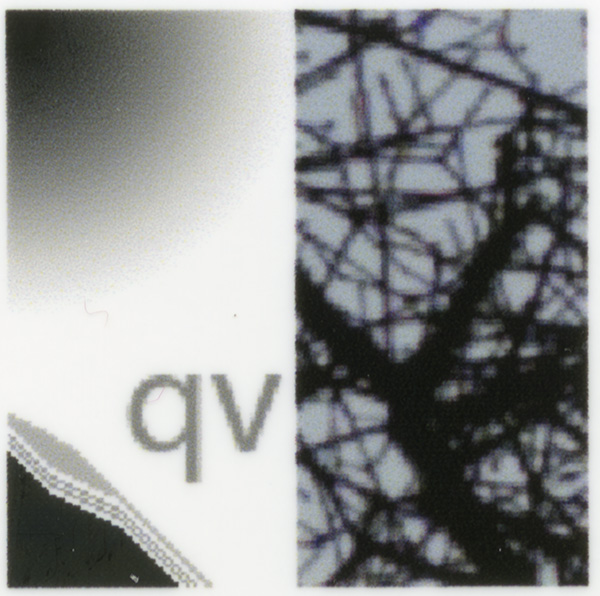
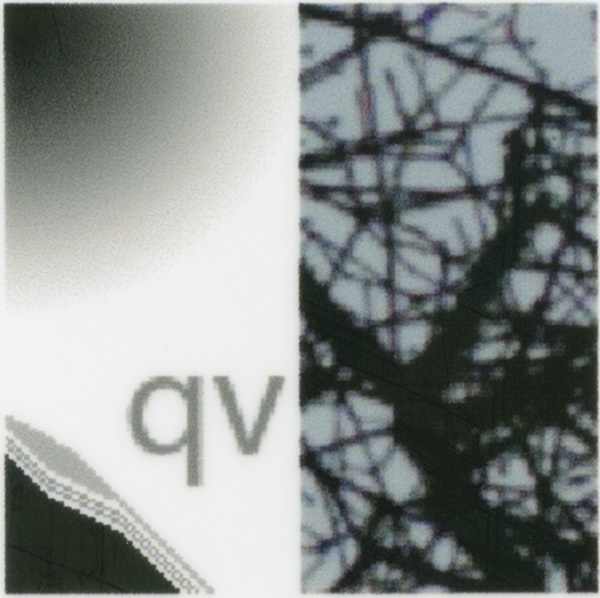
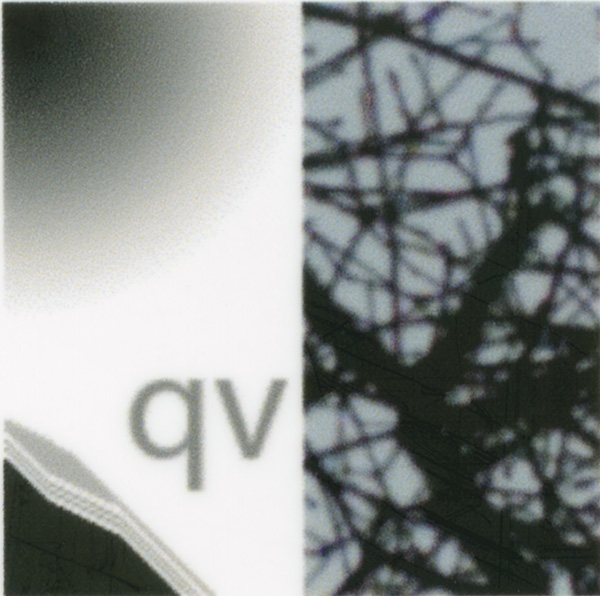
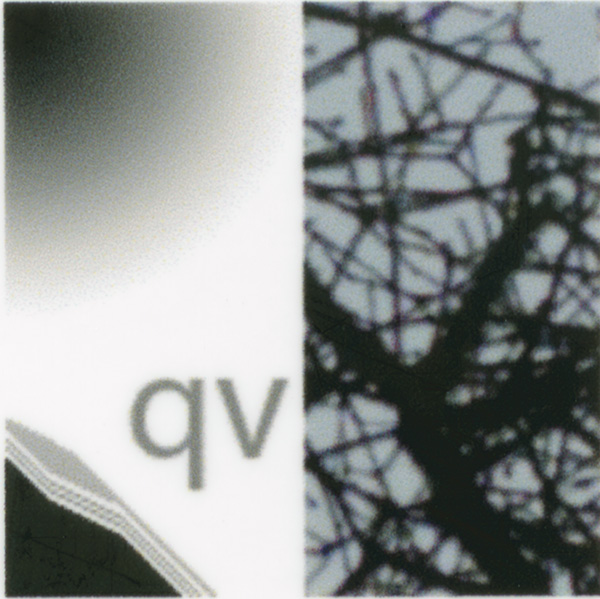
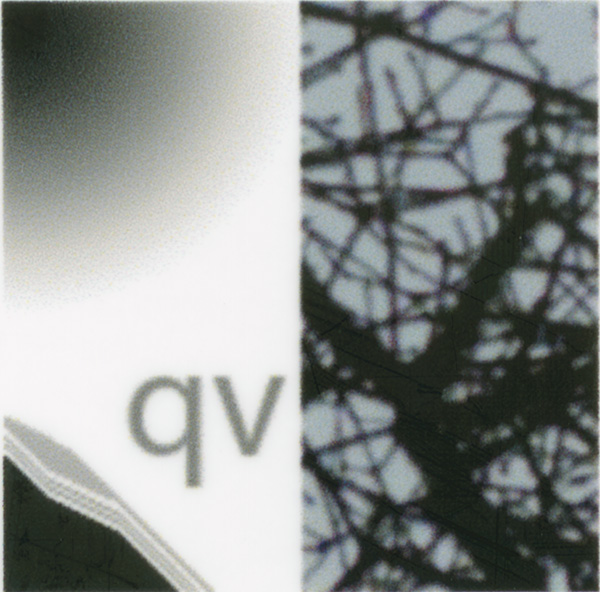
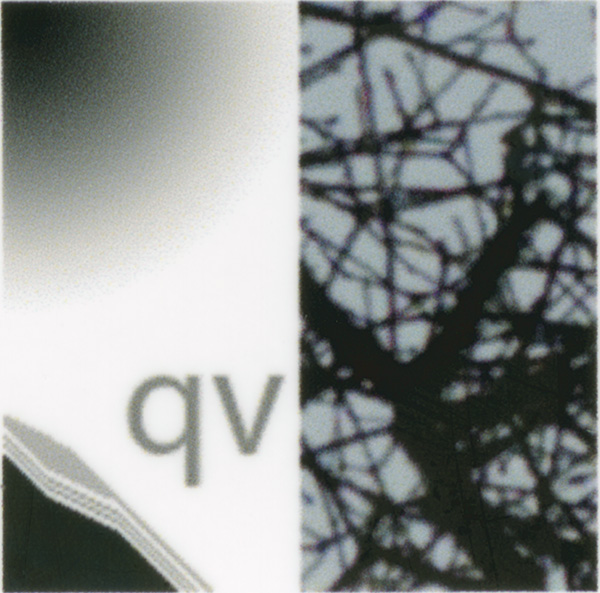
[…] use the same test target as before; you can see it here. The basic testing operation is to take the image, resize it without resampling to some pixel pitch […]